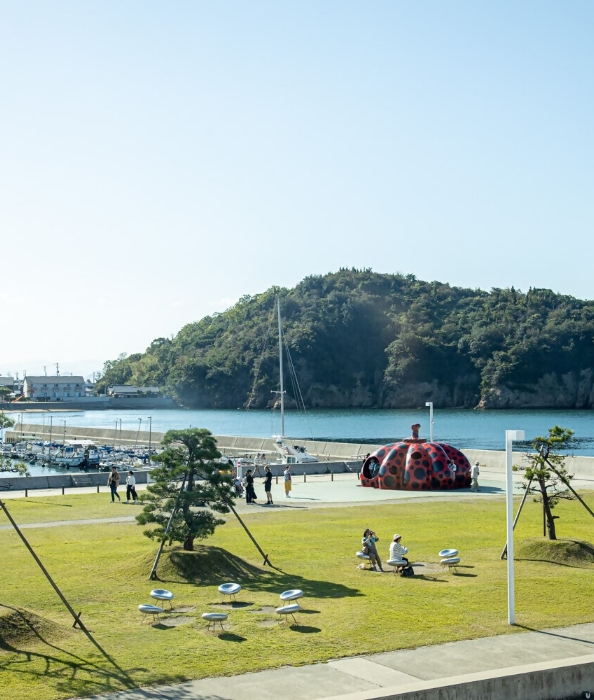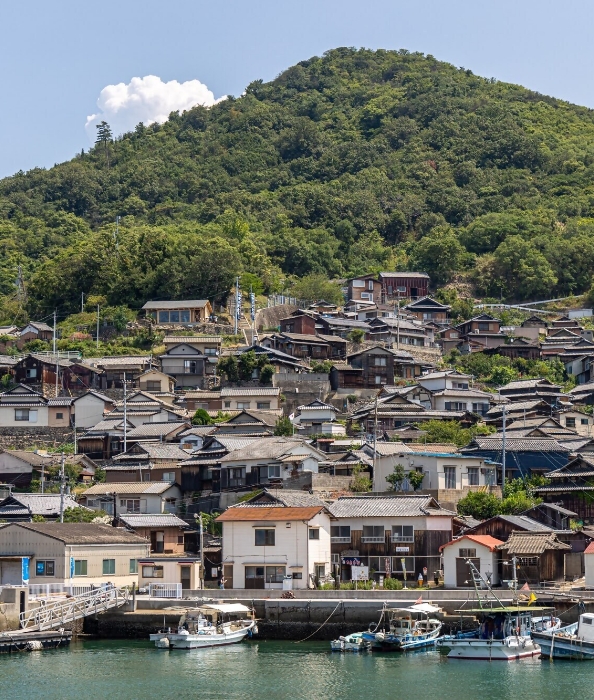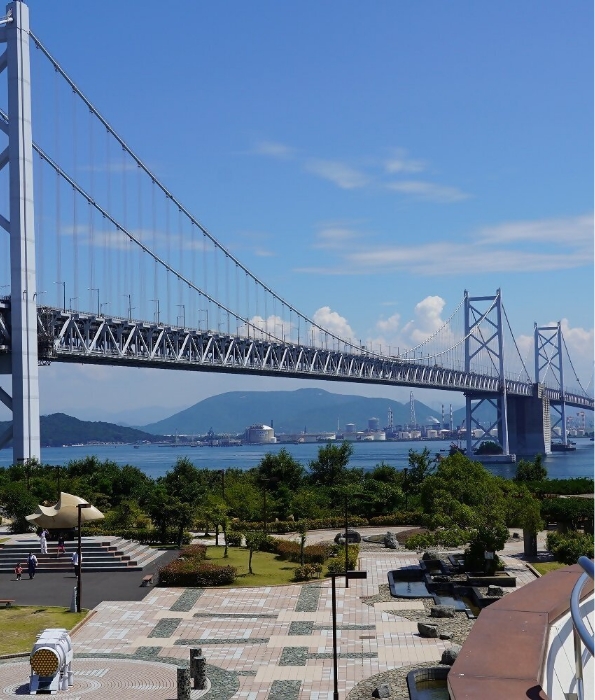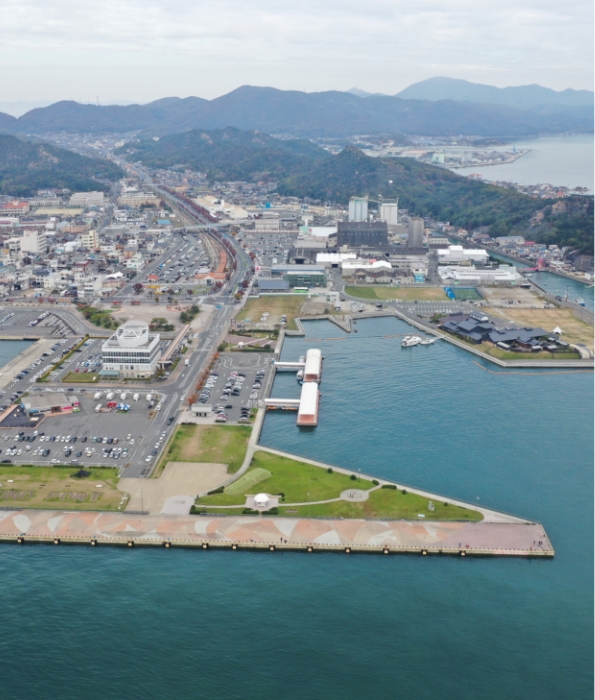Islands and Venues

Awashima
A beautiful island shaped like a ship's propellor. Site of Japan’s first seamen’s training school.
Located in western Kagawa off the shore of the scenic Shonai Peninsula, Awashima has an area of 3.67 km², a circumference of 16 km, and a population of about 150.
During the Edo period (1603-1867), the island flourished as a port for cargo boats. It was also the site of Japan’s first school to train sailors, producing many seamen.
The tidal currents carved the island into the shape of a ship's propeller connected by sandbars. Gorgeous sunsets can be seen from the white sand beaches, and the sea at night is set aglow with bioluminescent sea fireflies.

Japan’s First Seamen’s Training School
Awashima flourished as a port for the kitamae-bune cargo boats that carried goods from northern Japan to Osaka from the 17th to 19th centuries. In the late 19th century, Japan’s first school for training seamen was established on Awashima, and it produced many able men of the sea during its 90 years of operation. It was closed in 1987. The site of the school, which was an integral part of island history, became the Awashima Marine Memorial Park and a symbol of the island. As an island of seafarers, the residents continue to have strong connections with other places.

Scenery and Culture
Three small islands are joined by sandbars to form Awashima, which resembles the shape of a ship’s screw. It is an island of beautiful views, including sunsets over white beaches, the panorama from the top of Jonoyama, and the autumn leaves. Here visitors can experience life removed from the bustle of the city and enjoy the leisurely passage of time.The Momote Festival in March is a traditional spring ritual to ward off bad luck and pray for bountiful harvests from land and sea and for maritime safety. Awashima’s archery ritual in which a target is struck from a distance of 28 m has been designated an intangible folk cultural asset of Kagawa Prefecture.

Umihotaru, Sea Fireflies
At night, the bright blue lights of umihotaru or sea fireflies flit through the water along the shore under the star-spangled sky. The season for these bioluminescent ostracod crustaceans is late May to early October, and particularly early autumn.


















